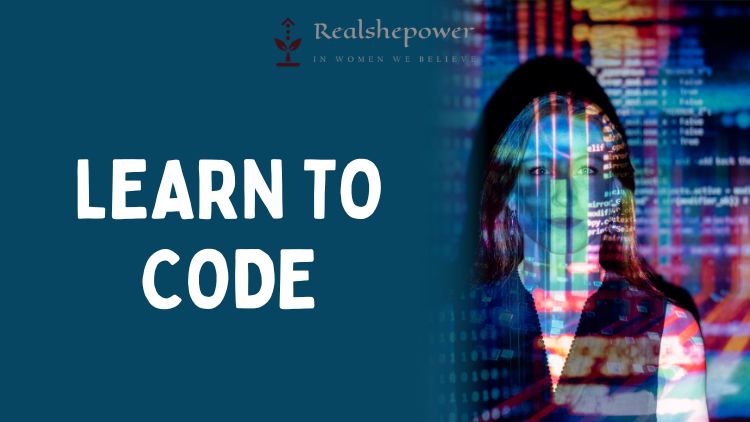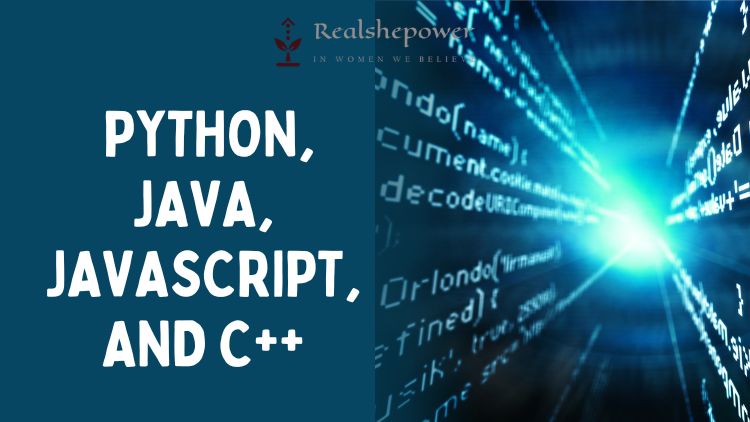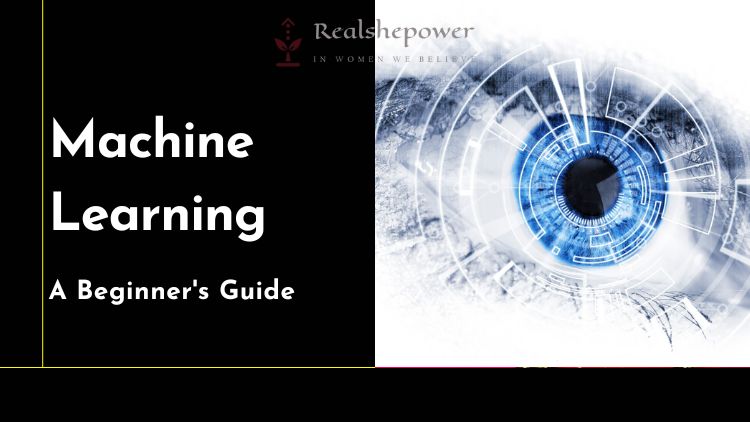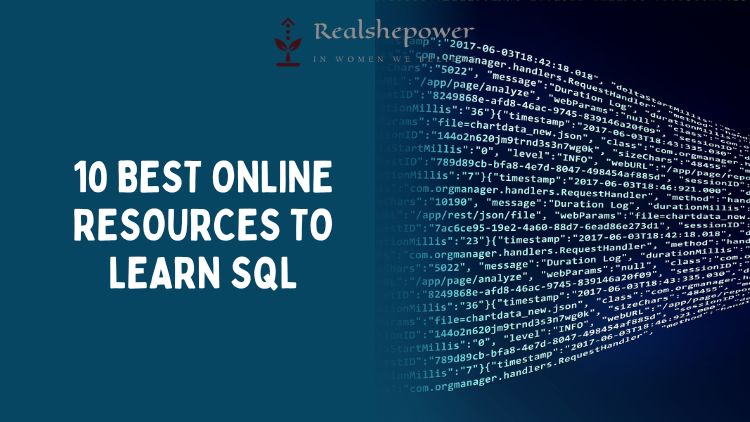How to Start Coding: A Step-by-Step Approach for Beginners


Table of Contents
Introduction
Are you interested in learning how to code but don’t know where to start? Don’t worry; you’re not alone. Coding can be a daunting task for beginners, but with the right resources and approach, you can become a proficient coder in no time. In this article, we’ll provide a step-by-step approach on how to start coding for beginners.
Basics of Coding:
Coding involves writing instructions, known as code, in a programming language. These programming languages are designed to communicate with computers and execute commands. Some popular programming languages include Python, Java, C++, and JavaScript. Each language has its own syntax and structure, but the basic principles of coding remain the same.
To write code, you need a text editor or an Integrated Development Environment (IDE). A text editor is a basic tool that allows you to write code in a simple text format. An IDE, on the other hand, is a more advanced tool that provides additional features such as debugging, auto-completion, and syntax highlighting. Some popular IDEs include Visual Studio Code, Eclipse, and IntelliJ.
Step 1: Choose a Programming Language
The first step in learning how to code is to choose a language. There are many coding languages to choose from, each with its own strengths and weaknesses. Some of the most popular coding languages include Python, Java, JavaScript, and C++.
When choosing a language, consider the purpose of your coding. If you want to build websites, you might want to start with HTML, CSS, and JavaScript. If you want to build mobile apps, you might want to start with Java or Swift. If you want to work on data analysis or machine learning, Python is a great choice.
Read: A Comparative Analysis of Python, Java, JavaScript, and C++

Step 2: Find Resources
Once you’ve chosen a language, it’s time to find resources to help you learn. There are many online resources available for free or for a fee. Some popular resources include Codecademy, Udemy, Coursera, and edX.
When choosing a resource, look for one that is interactive, provides feedback, and offers a structured learning path. It’s also helpful to look for a resource that has a community of learners or mentors that you can reach out to for help.
Step 3: Set up Your Development Environment
Once you have chosen a programming language, the next step is to set up your development environment. This involves installing the necessary software, including a text editor or IDE, and any libraries or frameworks required for your project.
Step 4: Learn the Basics of Coding
Before you can start writing code, you need to learn the basics of coding. This includes understanding concepts such as variables, data types, functions, and control structures. You can learn the basics of coding through online courses, tutorials, and books.
Step 5: Practice Writing Code
When it comes to learning how to code, the most effective way is to practice writing code. This means actually sitting down and typing out lines of code, testing and debugging it, and seeing the results of your work.
The reason practice is so important is that programming is a skill, and like any other skill, it requires practice to improve. Just like how you wouldn’t expect to become a great basketball player without practicing dribbling and shooting, you can’t become a great programmer without practicing writing code.
When starting out, it’s a good idea to begin with simple programs. This can include things like printing out text to the console, doing basic arithmetic operations, or creating a simple game. As you become more comfortable with the basics, you can gradually work your way up to more complex projects.
Another great way to practice is to find coding challenges and projects online. These can be anything from coding challenges on websites like HackerRank or CodeWars to contributing to open source projects on GitHub. These challenges will expose you to different programming concepts and force you to think critically about how to solve problems with code.
Step 6: Stay Motivated
Learning how to code can be a long and challenging process, but it’s also incredibly rewarding. To stay motivated, set goals for yourself and track your progress. Celebrate your successes, no matter how small they may seem.
It’s also helpful to connect with other coders, whether through online communities or in-person meetups. Surround yourself with like-minded individuals who can offer support, encouragement, and inspiration.
Read: Power of Machine Learning: A Beginner’s Guide to AI-driven Solutions

Some Interesting Facts:
- The first computer program was written in 1842 by Ada Lovelace, a British mathematician.
- The first programming language was called Fortran, and it was developed in the 1950s.
- The most popular programming languages in 2021 were JavaScript, Python, and Java.
- The demand for coding jobs is expected to grow by 21% by 2028.
Conclusion
Coding is a valuable skill that can open up numerous career opportunities. Learning to code takes time and practice, but it is a skill that can be mastered with dedication and hard work. By following the basic steps outlined in this article, you can start your journey to becoming a proficient coder.
Resources
- Codecademy: This website provides interactive coding lessons for beginners in various programming languages.
- Udemy: This platform offers online courses in various programming languages, including Python, Java, and C++.
- Coursera: This website offers online courses and specializations from top universities in various programming languages.
- edX: This platform offers online courses from top universities in various programming languages.
- FreeCodeCamp: This is a nonprofit organization that provides free coding lessons in various programming languages.
- GitHub: This platform provides a collaborative environment for coders to share and work on coding projects.
Frequently Asked Questions on Coding
Q: Do I need a computer science degree to learn how to code?
A: No, you don’t need a computer science degree to learn how to code. There are many online resources available that can teach you the skills you need to become a proficient coder.
Q: Which programming language should I learn first?
A: The programming language you should learn first depends on your interests and goals. If you want to build websites, you might want to start with HTML, CSS, and JavaScript. If you want to build mobile apps, you might want to start with Java or Swift. If you want to work on data analysis or machine learning, Python is a great choice.
Q: Is coding difficult to learn?
A: Learning to code can be challenging, but it’s not impossible. With the right resources and approach, anyone can learn how to code.
Q: What are some benefits of learning how to code?
A: Learning how to code can provide many benefits, including increased job opportunities, higher salaries, and the ability to build your own websites or apps. It can also improve problem-solving skills and boost creativity.
Also Read:
10 Best Online Resources to Learn SQL for Beginners

You can now write for RSP Magazine and be a part of the community. Share your stories and opinions with us here.
